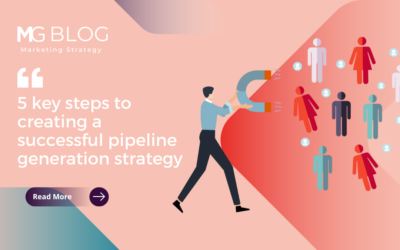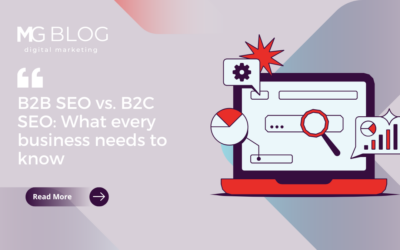
After a couple of years of rebuilding post-pandemic, the HIMSS 2024 conference still packs a punch as one of the top healthcare IT conferences in the world. Certainly, ViVE and HLTH are drawing more healthcare marketing dollars since pre-2020, but HIMSS doesn’t seem to be suffering and the move to new ownership under Informa looks like a good one. The exhibit hall was as big and bustling as ever, sessions were well attended, and the buzz was good from vendors on meeting their goals from the show.
As Executive VP of Merritt Group’s Healthcare Practice, I’ve been to my fair share of healthcare conferences. Here’s a handful of my top marketing takeaways from walking the show floor last week at HIMSS 2024 (don’t worry, I’m not going to drone on about AI being a part of everyone’s messaging):
5 marketing takeaways
1. Too much selling, not enough educating: From my early years in PR, when I’m talking to marketers, I’m always listening to how they use thought leadership to educate their customers or target audiences on the problems they solve.
From many of my HIMSS conversations, I heard too much in the way of “new features” or “checking boxes.” Marketers seem to be too focused on putting “points on the board” by pushing out content rather than delivering content that educates and ties to big market trends affecting the potential buyer—i.e. health equity, cyber, etc.
2. Hope (and apprehension) about Gen AI marketing technologies: There is definitely more of an appetite for exploration of these technologies than there was 6–9 months ago, but there are still a lot of unknowns from those I spoke with.
What I heard at HIMSS is that most are using it for SEO with mixed results, while some are using it for blog writing assistance. However, despite their high hopes of saving tons of time, they’re struggling to balance the technology’s capabilities with irreplaceable human talent. Some are getting pressure to just use the outputs without any editing in order to push as much content out as possible. This is surely not going to be a good thing as end users will be flooded with a larger volume of content that sounds the same.
Merritt Group is actively addressing these same challenges with our MG Labs initiative, where we are continuously evaluating Gen AI applications across the marketing and PR stack—from content generation to video production, earned media measurement, and digital marketing.
3. Where’s the clinical validation? When healthcare IT marketers try to launch a new product or initiative and educate its buyers on the need through thought leadership, too often it’s the executive team members on the front lines. While the smartest (even celebrity-like) CEO can work in some industries, it just doesn’t in healthcare.
Buyers need to hear from actual medical professionals as well as targeted messaging on why the product does what it says it’s going to do. Clinical validation must be baked into every marketing program—even if it slows up a new product rollout.
4. Differentiation in crowded segments needs more attention: Some healthcare IT segments are obviously more crowded than others. Many startups have flooded the market over the past few years, and we know that all won’t make it. What’s hurting their chances, though, is the lack of clear differentiation in their umbrella and product-level messaging, as well as their alignment to the seismic trends affecting their customers.
Whether for fear of boxing themselves in or worry that they’ll be left out of an analyst report, few healthcare IT companies are doing enough to build unique or memorable brand identities that help them stand out from their competition. Many of these companies need to relook at their buyer personas and take more of an outside-in approach. Getting input from customers, partners, and influencers/analysts; conducting industry research; and rebuilding their messaging can help healthcare IT companies find the white space that’s right for them.
5. PR isn’t being leveraged as it should be: Relating to points one and three, a number of marketers I spoke with seem to still just think of PR as what they get from press releases. I’m hearing questions like “How many sales will I get from it?” when it should be “How can it support and intertwine with my broader marketing strategy?”
We know budgets are tight and not all companies are a fit for PR, but many are missing a golden opportunity to educate their customers and key audiences on the core problems they are facing like patient engagement or care coordination via earned media channels.
According to our Healthcare Marketing Guide, last year, health system CIOs agree that their best source of healthcare news comes from trade pubs, medical journals/professional organizations, and national/business press. If done right, PR can be a cost-effective way to bring credibility to their company or executives while providing top-of-funnel awareness.
Closing thoughts on HIMSS 2024
While my thoughts paint a picture of the work to be done in healthcare IT marketing, I came out of the show energized that the healthcare IT market’s arrow is truly pointing up. I was impressed by the caliber of talent at HIMSS and the passion for helping solve complex problems so the medical community can help more patients. HIMSS is entering a new era. Its focus on global expansion and more attention on its educational programs will help more healthcare enterprise-class offerings receive the attention they deserve.
For more ideas on how to better market and communicate your healthcare IT solutions, please visit our Healthcare Practice page or contact Erin Erban, Director of Merritt Group’s Healthcare Practice.



